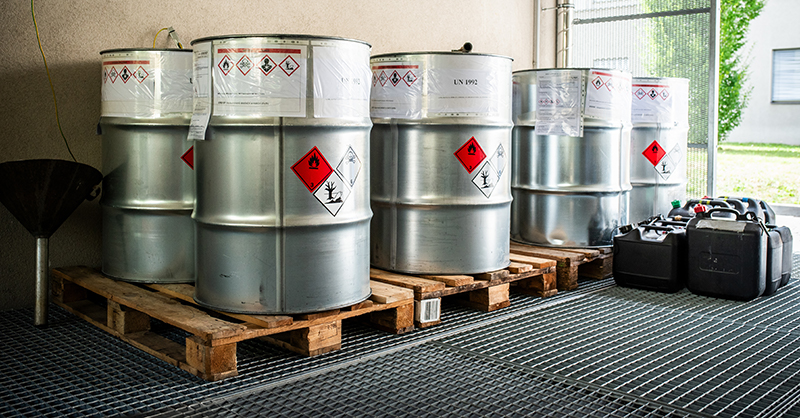Promoting Ergonomic Safety in Construction: Proper Posture

Construction sites pose significant hazards, and injuries are unfortunately common. One effective strategy for reducing the risk of work-related injuries is to prioritize proper posture and ergonomic environments. Not only will this help prevent immediate accidents, but it also contributes to long-term health and overall well-being.
In this article, we’ll delve into the significance of maintaining good posture in construction work and provide practical tips for encouraging healthy habits.
Understanding the Risks of Poor Posture on the Jobsite
Work-related musculoskeletal disorders (WMSDs) are prevalent among construction workers due to manual material handling and challenging working conditions. The repetitive and strenuous nature of construction work can lead to back problems, carpal tunnel syndrome, tendinitis, and other painful conditions. Identifying ergonomic risk factors and addressing them through proper posture is crucial for preventing these injuries.
6 Tips for Construction Workers to Maintain Proper Working Posture
- Lift with Your Legs, Not Your Back: When lifting heavy objects, bend your knees and engage your leg muscles. Avoid bending at the waist, as it places unnecessary strain on your back.
- Use Proper Tools and Equipment: Utilize specialized tools as designed. Ensure work surfaces are at the appropriate height to avoid excessive bending during repetitive tasks. Consider using powered industrial trucks and other equipment to minimize bodily risks.
- Avoid Twisting and Overreaching: Position yourself close to the work area to reduce twisting and reaching. Keep tools and materials within easy reach to prevent strain.
- Take Regular Breaks: Prolonged standing or repetitive movements strain muscles. Schedule short breaks to stretch and change positions. Rotating tasks among workers also helps prevent overuse.
- Maintain Neutral Spine Alignment: Whether lifting or operating machinery, keep your spine neutral. Avoid excessive bending or arching.
- Invest in Ergonomic Equipment: Adjustable work platforms and floor pads can enhance posture, especially for stationary work. Supportive footwear also promotes good posture.
Educating Workers on Ergonomic Safety
Consider training construction workers with reasonable lifting limits—for instance, a maximum lift of fifty pounds per person. Some projects have adopted a “nothing on the ground” material handling policy, requiring everything to be moved on pallets. This minimizes material restacking and reduces strain.
Providing clear instructions on proper lifting techniques, body mechanics, and ergonomics significantly can reduce the risk of WMSDs. Employers should prioritize safety training and encourage consistent application of these principles.
By emphasizing good posture and implementing ergonomic practices, we create safer construction sites and protect workers from preventable injuries. Remember that maintaining proper posture isn’t just about immediate safety—it’s an investment in long-term health and productivity.













